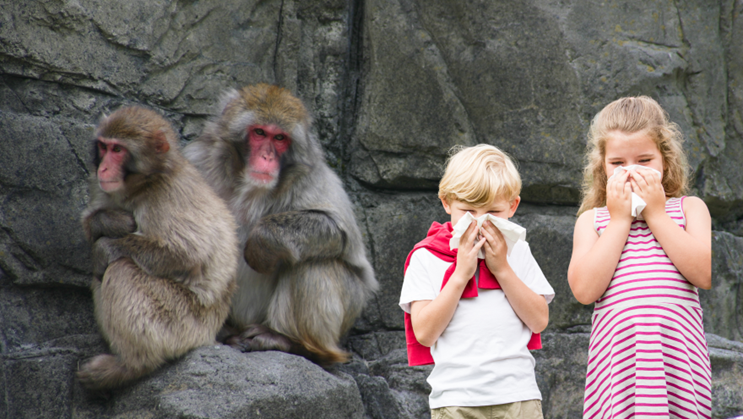Primate experiments on oral respiration, particularly those involving blocked nasal passages, have shown significant impacts on the development and function of the oral and craniofacial structures. These studies generally focus on how prolonged oral breathing, due to nasal obstruction, influences growth patterns, dental alignment, and overall health.
Key Findings:
1. Altered Craniofacial Growth: When nasal passages are blocked, forcing primates to breathe through their mouths, the resulting change in breathing pattern can alter the natural growth of the craniofacial complex. This includes elongation of the face, narrowing of the dental arches, and increased facial height.
2. Dental Malocclusions: Oral respiration has been associated with the development of malocclusions, such as open bites and crossbites. This is due to the abnormal positioning of the tongue, lips, and jaw during mouth breathing, which can affect the alignment of teeth and the occlusion.
3. Impact on Nasal and Sinus Health: Prolonged oral breathing can lead to changes in the nasal and sinus structures, often resulting in a reduction in nasal airway size, which may further exacerbate breathing issues and contribute to chronic nasal obstruction.
4.General Health and Well-being: Oral respiration has been linked to a number of general health issues in primates, including disrupted sleep patterns, lower oxygen saturation levels, and increased susceptibility to respiratory infections due to the absence of the filtering and humidifying effects of nasal breathing.
These findings from primate studies are often used to draw parallels to human health, particularly in children, where similar effects of oral respiration are observed. The research underscores the importance of maintaining proper nasal breathing to support optimal craniofacial development and overall health.
See Part 2 of this article
– Written by Dr. Agatha Bis




